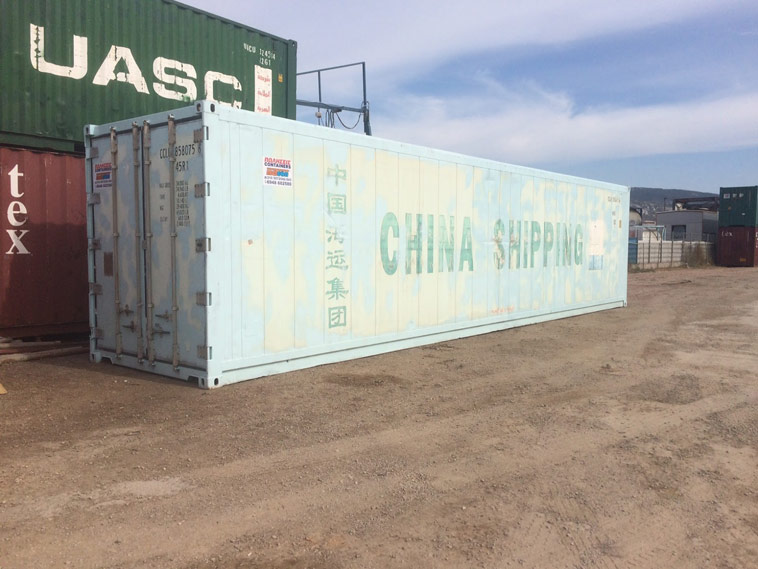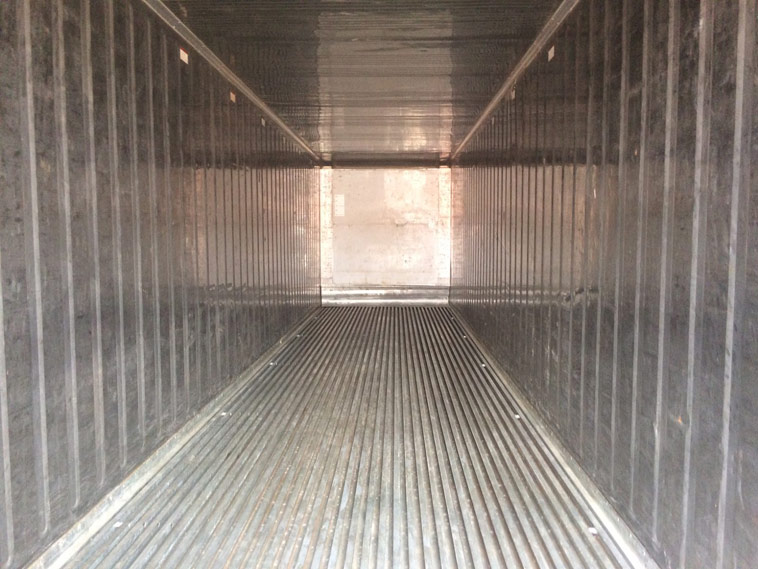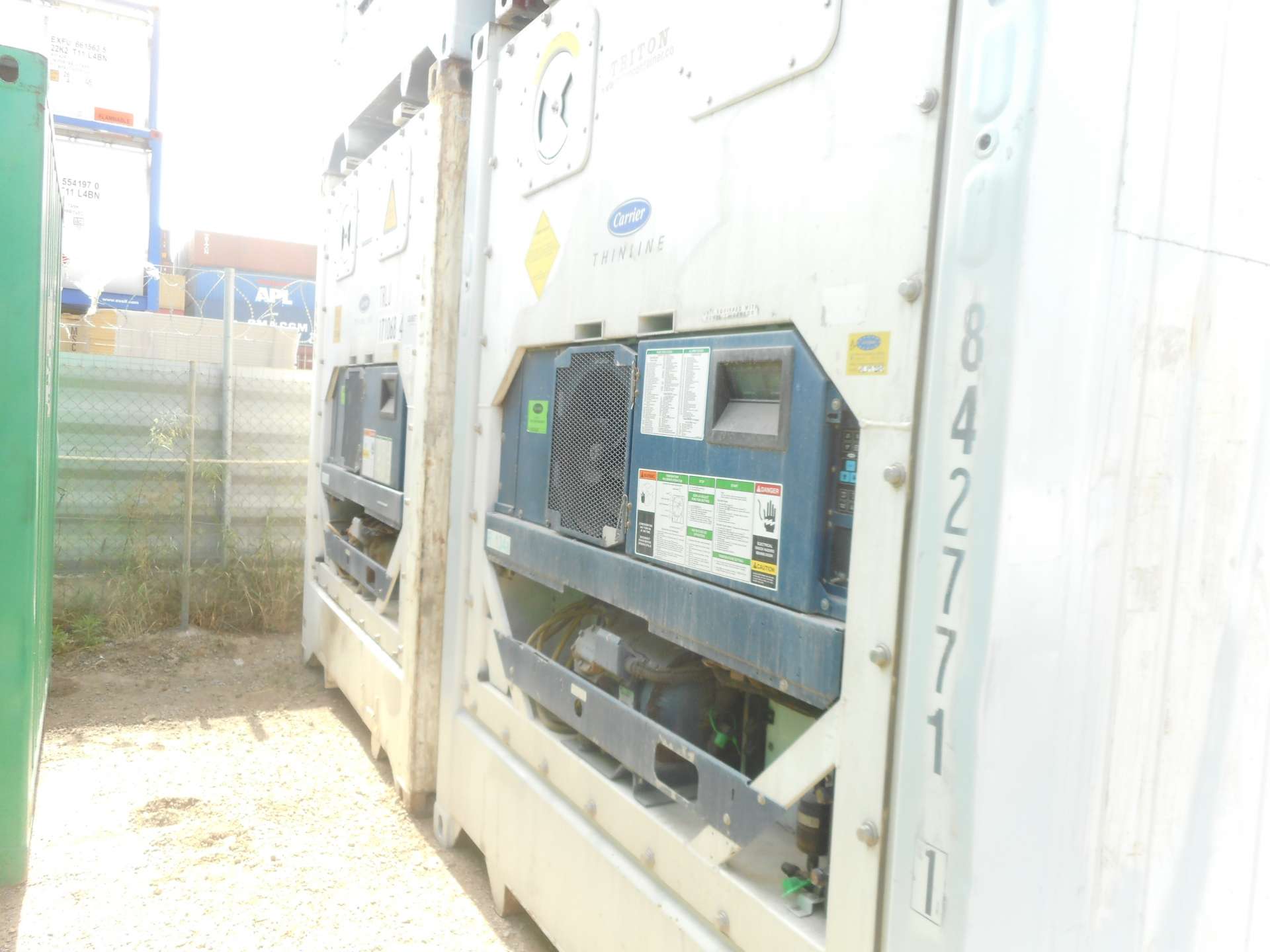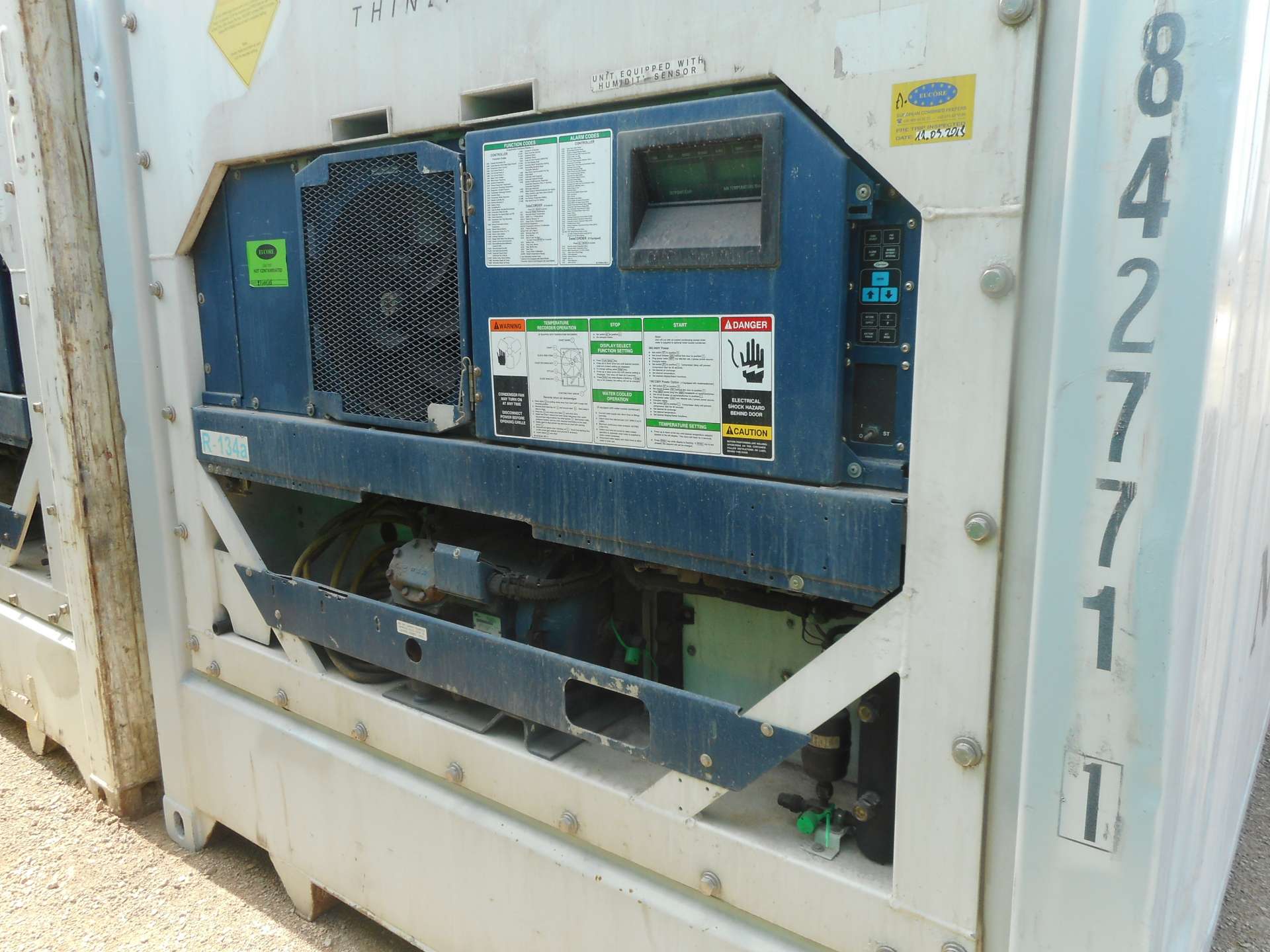Container – Reefer
Simply put, reefer containers are big fridges that are used to transport temperature controlled cargoes such as fruits, meat, fish, seafood, vegetables, dairy and also also non-food products such as flowers, pharmaceuticals and film across many miles and oceans.
Some cargoes may need to be shipped chilled or frozen or in controlled temperatures.
Reefer containers have the ability to maintain the cargo at the required temperatures for the duration of the transit.
Reefer containers are best suited for cargoes which require steady temperature.
Their walls are made of polyurethane foam “sandwich-construction” to provide maximum insulation.
The compact 40 ‘HC refrigerator-container unit was designed with an air-cooled condenser. It switches automatically from cooling to heating (and vice versa) if the change in outdoor temperatures makes it necessary.
Possible voltages: 380 V / 50 Hz to 460 V / 60 Hz.
Permissible temperature setting: 30 ° C to – 30 ° C
Reefer containers are bottom air delivery units designed to distribute chilled air from the floor, via specific T-shaped decking, with the advantage of producing a consistent and uniform flow of air across the entire shipment, powerful enough to ensure a perfect air exchange with the goods.
Refrigerated units can maintain or lower the temperature of your shipment, even in the most difficult conditions.
Reefer containers also equipped to ‘warm up’ the goods for those shipments where required, with the ability to maintain temperatures up to 30°C when required, regardless of outside temperatures.
The airflow requirements of each commodity varies and there is no one size fits all in reefer cargo movement.
Some general tips on stowage of reefer cargo
- Cargo should not be stuffed beyond the end of the T-floor
- Cargo should not be stuffed above the red load line
- Cargo must be stable on the floor and tightly wedged so it doesn’t shift during passage
- Unit must always be set at the proper carrying temperature and this set temperature will vary according to the cargo being loaded
- Dehumidification controls must be checked
- If pre-cooling is required, it must be the cargo that is pre-cooled and not the container, unless the container is loaded in an airlocked cold tunnel in the cold storage
- Ventilation setting is of utmost importance and must be set at the correct level
- As air will follow the path of least resistance, there should not be any restrictions for air flow and any gaps between the pallets and the doors must be closed using cardboard or even wood. This will then force the air to circulate correctly and reduce the potential for heat sinks (warm air continuously circulating) near the doors






